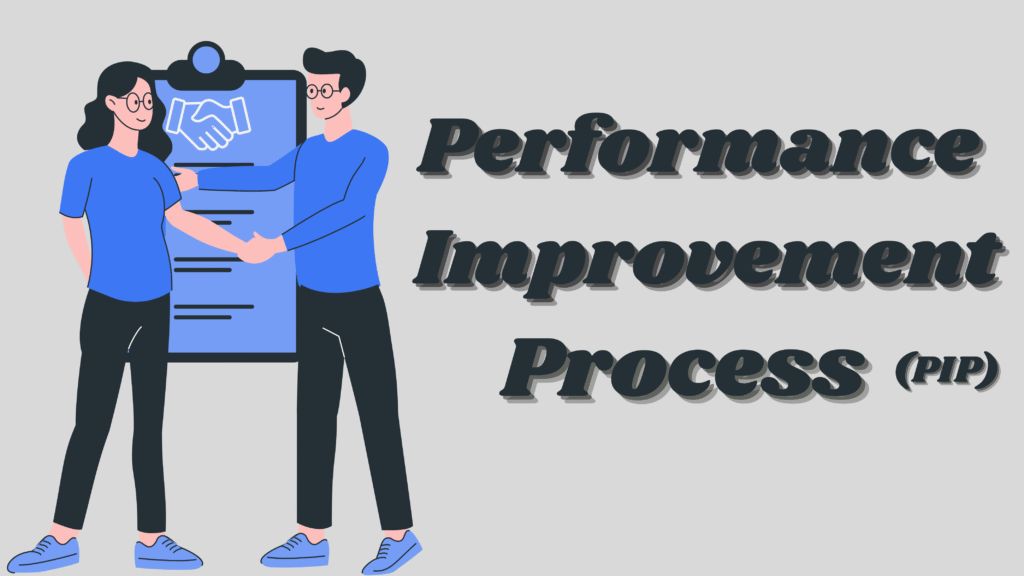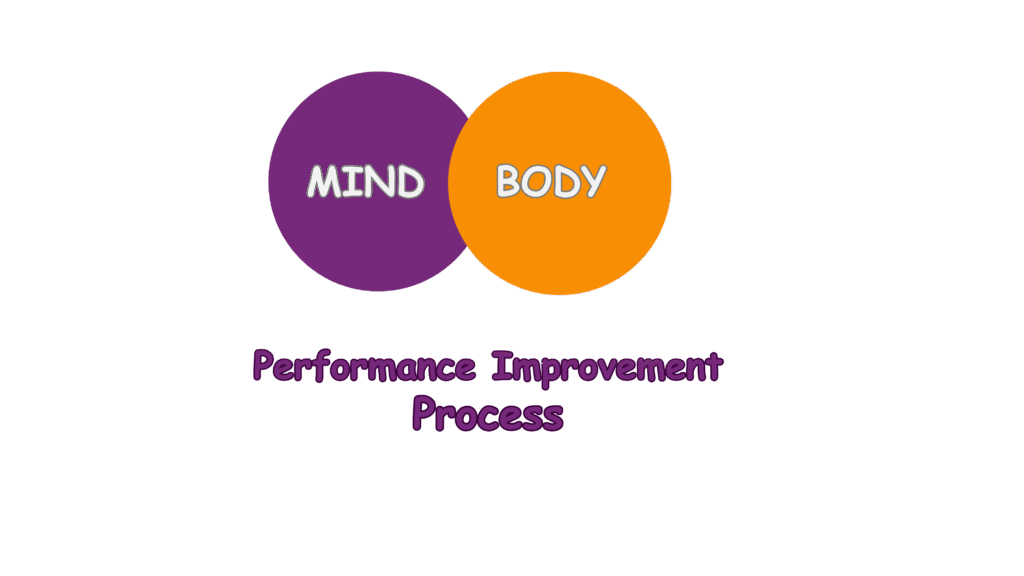The Process Improvement Process (PIP)
Updated: February 13, 2025
62

employee performance and overall business outcomes. A well-structured performance improvement process (PIP) can make the difference between stagnant results and significant In today’s competitive world, organizations are constantly looking for ways to improve progress. This process not only helps individuals enhance their productivity but also ensures the organization’s long-term success.
In this blog post, we will dive deep into what the performance improvement process is, why it’s crucial, how to implement it effectively, and the benefits it brings to both employees and employers.
What is the Performance Improvement Process?
The performance improvement process (PIP) refers to a structured approach used by organizations to help employees enhance their performance, overcome weaknesses, and achieve desired outcomes. It involves identifying performance issues, setting clear expectations, providing ongoing feedback, and offering resources and training to facilitate improvement.
The process aims to support employees in reaching their full potential, aligning individual goals with organizational objectives. While PIPs are often associated with addressing underperformance, they can also be used proactively to foster continuous growth and development.
Why is the Performance Improvement Process Important?
- Aligning Organizational and Individual Goals
The PIP helps align individual performance with organizational objectives. This ensures that employees are working toward the same overarching goals and contributing meaningfully to the company’s success. This alignment fosters greater collaboration and motivates employees to take responsibility for their work.
- Maximizing Employee Potential
Every employee has the potential for growth, but they may need support to unlock it. A performance improvement process provides the necessary tools, resources, and mentorship to help employees realize their full potential. This process not only benefits the employee but also increases overall organizational performance.
- Boosting Employee Engagement and Retention
When employees feel supported and see a clear path for growth, their job satisfaction and engagement levels tend to rise. This leads to higher retention rates, as employees are more likely to stay with an organization that invests in their development. Moreover, it fosters loyalty and trust between employees and management.
- Improving the Work Environment
A clear and fair performance improvement process encourages open communication and helps build a culture of transparency and continuous improvement. When employees know what is expected of them and understand how they can improve, it can reduce workplace tensions and create a more positive environment.
- Increasing Productivity
A PIP ensures that employees are focused and on track to meet the standards required for their roles. By providing guidance and support to overcome obstacles, employees become more productive and efficient, ultimately contributing to the company’s bottom line.

Conclusion
The performance improvement process is a powerful tool that, when implemented effectively, can lead to significant improvements in both individual and organizational performance. It is not just about addressing underperformance but about fostering an environment of continuous growth, development, and accountability. By identifying performance gaps, setting clear goals, providing support, and regularly monitoring progress, businesses can create a culture of high performance and ensure long-term success.
The key to a successful PIP lies in making the process a collaborative effort between employees and management, with clear expectations, resources, and consistent feedback. By investing in your employees’ development, you are investing in the future success of your organization.

Please Write Your Comments